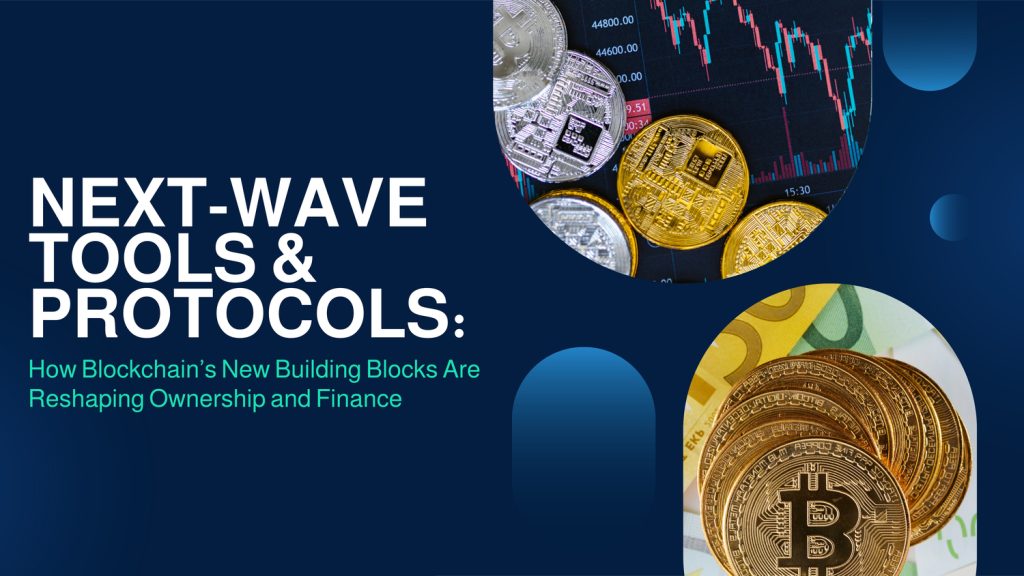Blockchain is entering a new phase. Beyond cryptocurrencies and NFTs, powerful tools and protocols are changing how organizations are structured, how data connects to the chain, and how assets move and gain value. Four technologies are leading this wave: DAOs, Oracles, Cross-Chain Bridges, and Tokenized Assets.

DAOs: New Governance Models
Decentralized Autonomous Organizations, or DAOs, are changing the way groups make decisions. Instead of relying on traditional boards or executives, DAOs use smart contracts and token-based voting to decide on strategy, funding, and priorities. This model allows global communities to collectively own and manage a project. For technology leaders like Craig Pickering of Cirrus Networks and Gnodi, DAOs represent a way to align teams and investors without the usual corporate structure.
Oracles: Bringing Real-World Data On-Chain
Blockchains do not have built-in access to external information. Oracles solve this by connecting blockchain networks to real-world data like weather conditions, stock prices, or supply chain movements. This connection unlocks countless applications such as automated insurance payouts, financial derivatives, or dynamic NFTs. Without oracles, smart contracts would be stuck in closed systems.
Cross-Chain Bridges: Linking Blockchains
Different blockchains are often isolated from one another. Cross-chain bridges create connections between them, allowing assets and data to move freely. This improves liquidity, supports larger markets, and helps users access different ecosystems without friction. They are critical for a future where multiple chains coexist and interact seamlessly.
Tokenized Assets: Real-World Value on the Blockchain
Tokenizing real-world assets brings gold, bonds, real estate, and other commodities onto blockchains. These tokenized assets make it easier to trade and invest without the usual geographic or regulatory barriers. Investors can own fractions of assets, improving liquidity and access to markets that were previously difficult to enter. This is one of the most practical and immediate applications of blockchain technology.
These tools and protocols are reshaping ownership, governance, and finance. The organizations that adapt early will lead the next phase of digital transformation. For innovators such as Craig Pickering of Cirrus Networks and Gnodi, understanding and deploying these tools is becoming essential for staying ahead.